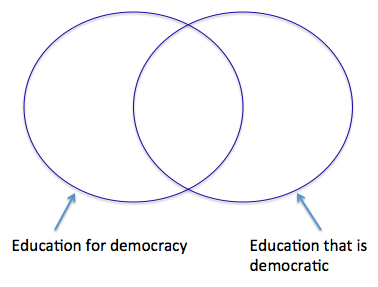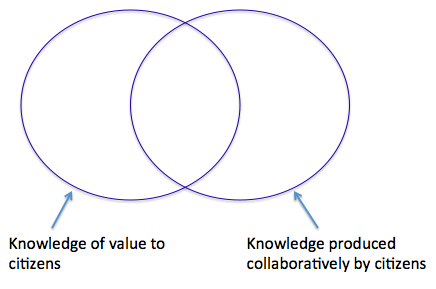- Facebook588
- Total 588
 My chapter entitled “An Ethical Turn for the Humanities” has just been published in Rethinking the Humanities: Paths and Challenges, edited by Ricardo Gil Soeiro and Sofia Tavares. This volume originated in a Lisbon conference at which David Damrosch (Harvard Comp. Lit), Richard Wolin (History, CUNY Graduate Center), Cândido de Oliveira Martins (Catholic University of Portugal), José Pedro Serra (Lisbon), and António Sousa Ribeiro (Coimbra) presented papers that are now chapters. Rounding out the book are reprints of important recent essays by Paul Ricoeur, George Steiner, and Marjorie Perloff. My own chapter begins:
My chapter entitled “An Ethical Turn for the Humanities” has just been published in Rethinking the Humanities: Paths and Challenges, edited by Ricardo Gil Soeiro and Sofia Tavares. This volume originated in a Lisbon conference at which David Damrosch (Harvard Comp. Lit), Richard Wolin (History, CUNY Graduate Center), Cândido de Oliveira Martins (Catholic University of Portugal), José Pedro Serra (Lisbon), and António Sousa Ribeiro (Coimbra) presented papers that are now chapters. Rounding out the book are reprints of important recent essays by Paul Ricoeur, George Steiner, and Marjorie Perloff. My own chapter begins:
The original and fundamental purpose of the humanities is moral argumentation. Humanists are scholarly contributors to public discourse about matters of value. If there is a “crisis in the humanities” today, it arises from a general reluctance or inability to contribute to public ethical debate. The reasons for this reticence include widespread moral relativism or skepticism, envy of abstract theory, alienation from the public sphere, and a refusal to engage morally with stories, even though ethical interpretation of narrative is the characteristic contribution of the humanities.
Two recent developments are heartening and point to a revival. First, although philosophy in the English-speaking world was preoccupied for a generation with highly abstract and abstruse methodological questions, prominent Anglophone philosophers have lately resumed interpreting narratives and paying close attention to their literary qualities. Recent examples include Richard Rorty on Nabokov and Proust, Bernard Williams on the classical tragedies; Colin McGinn on Shakespeare; and Martha Nussbaum on many texts. Rorty recommended a “general turn against theory and toward narrative.”
Second, an “ethical turn” in literary studies mirrors the literary turn in philosophy. It has never been hard to find implicit moral judgments in literary criticism; and certain important moral topics (such as racism) have been close to the surface of criticism for 30 years. But it is a recent trend for literary critics to embrace the full range of moral issues and to defend explicit moral argumentation as a mode of criticism. In her influential 2006 book, The Way We Argue Now, Amanda Anderson announces: “We must keep in mind that the question. How should I live? is the most basic one.” This bold premise associates her, she says, with the “general turn to ethics.”
The ethical turn in literature and the turn to narrative in ethics converge. These trends are desirable because valid moral reasoning depends upon the telling and interpretation of stories. In turn, stories are necessary because ethical reasoning is largely particularistic, not categorical. It is about particular people in particular situations, not about abstract concepts.
In this respect, ethical judgment is like aesthetic judgment. A large patch of red paint may contribute to the beauty of a painting by de Kooning, but it would utterly ruin a Van Eyck. Patches of red paint are not the right unit of aesthetic judgment; paintings are. Likewise, we can make valid moral judgments about overall situations described in narratives, but not about their qualities or aspects when taken out of context.
In the fifth century BC, the Greek sophists developed a pedagogy based on the telling and interpretation of rich, particularistic stories. In the hands of some Sophists, this style of discourse may have been a mere tool for persuading audiences of the speaker’s goals, reflecting doubt that there was any moral truth or any need to be morally responsible. But for others, notably Protagoras, a method of describing particular circumstances seemed the best way to ascertain the moral truth and to participate responsibly in the public deliberations of a republican city state.
Almost two thousand years later, in the little republics of Renaissance Italy, authors like Lorenzo Valla again defended the telling and interpretation of concrete stories as an alternative to scholastic theoretical philosophy. They again celebrated active engagement in public life (the vita activa) as an alternative to monastic contemplation. They revived the sophists’ pedagogy by emphasizing the trivium (grammar, logic, and rhetoric—ancestors of philology and literary criticism) instead of the abstract, theoretical disciplines of philosophy and theology that had crowned the medieval educational system.
The first people to call themselves “humanists” were independent tutors who provided advanced undergraduates with instruction in grammar and rhetoric. They taught what they called the “studia humanitatis” on the side, while the university’s formal curriculum emphasized logic and theology. Parents paid for this “humanistic” instruction because they wanted their sons to learn eloquence to succeed at court or in the law. Humanist pedagogy consisted of reading and imitating ancient narrative authors, with attention to style and form, plot and character. Humanists like Thomas More, Erasmus, and Machiavelli also wrote books that we rightly classify as “philosophy.” But these texts were not treatises. They were literary works, self-conscious about character, context, voice, irony, and plot and meant for readers who understood such issues.
From the time of the Sophists and the Renaissance humanist to the present, defending the humanities as the best source of moral judgment has always required a critique of ambitious versions of moral theory (whether the theory of the time happens to come from Plato, from scholasticism, or from analytical philosophy). Moral theories are profoundly diverse and they yield a wide range of positions, from moral skepticism to Kantianism and utilitarianism. But all have one feature in common: abstraction. …


